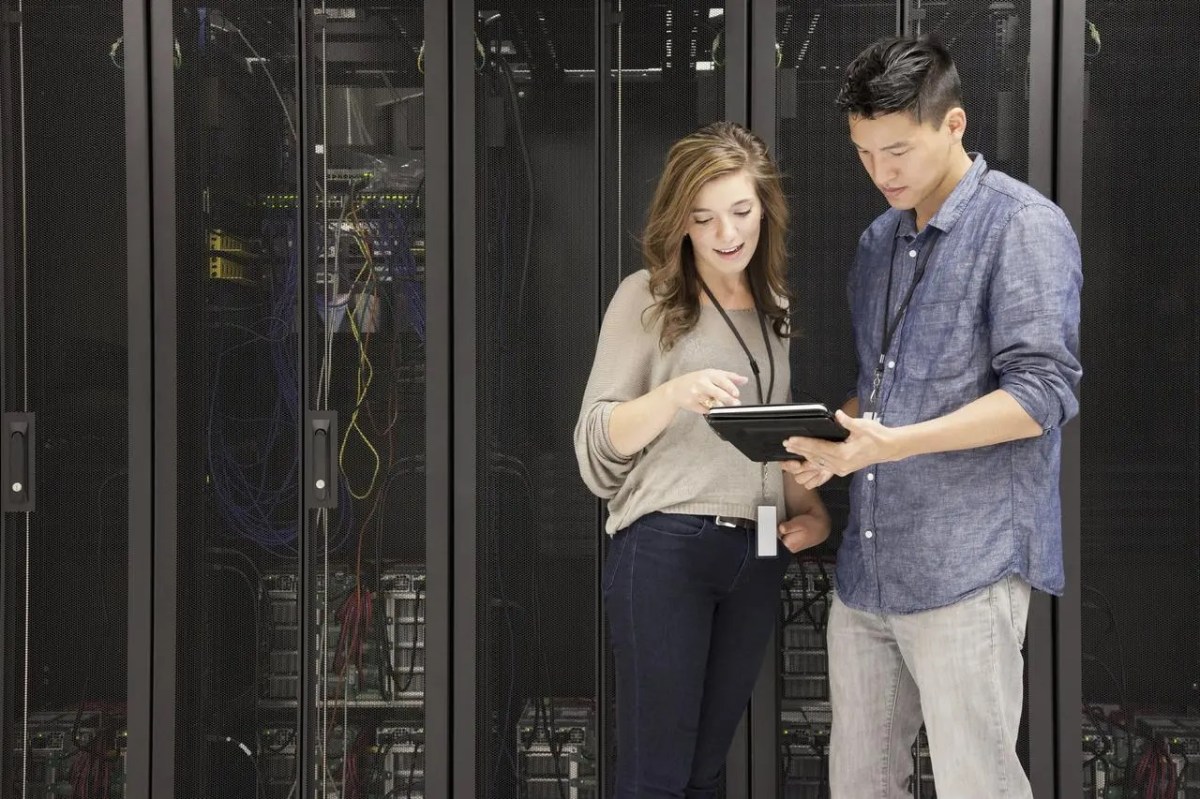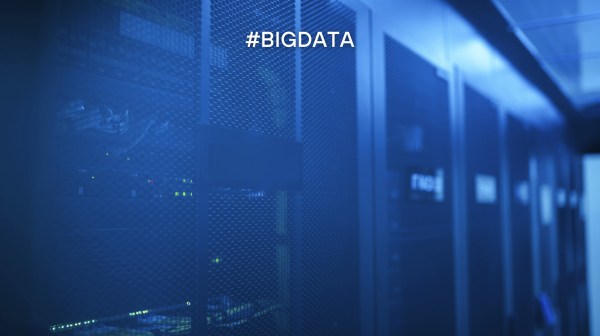The internet advertising market was born in 1993 and developed along with the evolution of technology and the new possibilities generated by successive changes and developments.
Programmatic buying of online advertising appeared. It is basically a process for the acquisition of advertising space without human intervention, as it is carried out by means of algorithms and a combination of data.
One of the biggest advantages of this type of digital strategy is that this buying and selling model allows the advertiser to know the interests of the user to be impacted, which facilitates a much more precise audience segmentation and a greater reach.
This type of advertisement generates a cookie when we are surfing the internet and we come across it, essential data to know our behaviour on the site, depth on the page, time spent, etc.
Therefore, with this data we can re-target users interested in this advertising and buy the impression when the possibility of conversion to sale is higher, which allows us to have an optimised return on investment (ROI). As we can see, programmatic buying would not be possible without Big Data.
This is like partridge hunting… For a productive day you don’t just need a good shotgun. You need a strategy to go through the bush (marketing plan), the right dog to lead the way and look for the tracks (bigdata) and a hunter with skill and speed for when the partridge shows up (Real Time Bidding – RTB).
What is Real Time Bidding (RTB)?
RTB is the technology that enables the buying and selling of advertising space in real time. This process is carried out through an auction in a matter of milliseconds, where potential buyers place bids (which have to be competitive) in order to win the impression that different advertisers are bidding for.
RTB involves 4 parts: ad exchanges, data providers or Big Data, DSPs (Demand Side Platforms) and SSPs (Supply Side Platforms). I am not going to detail the four parts involved in the RTB as it would be enough for another post, but I will give you a brief outline.
- Ad exchanges: these are platforms where publishers give up part of their advertising inventory so that advertisers can access them. This practice is gaining ground in more technologically advanced markets as a solution when large companies have not sold all of their inventory. Imagine, you want to buy advertising space, but you do not have enough budget to be able to advertise in a relevant (expensive) medium. On the other hand, for example, elmundo.es has a specific inventory on its website for advertising, but it does not always cover all its inventory and there are spaces left unsold. When this happens, elmundo.es turns to ad exchanges in order to contact advertisers, like you, and auction (cheaper) their unsold spaces and thus make the maximum profit and not leave empty spaces without any benefit.
- Data providers: In an RTB model, it is necessary to know the user who is going to see an ad and the page where it is going to be shown. If this information is not available or cannot be obtained in any way, data providers come into play. They are also called data providers or Big Data. These are technological platforms that are responsible for identifying the type of user who is going to be impacted by an advert and the website on which this impact is going to be achieved.
- Demand Side Platforms (DSP): They provide a centralised RTB media buying service, aggregating the different inventory sources. In addition, they perform data integration to enrich decision making.
So that we understand it well, they are the ones who care and help the buyers of advertising space, i.e. the ADVERTISERS. - Supply Side Platforms (SSP): These are the representatives of the media and their technology allows the media to set the most appropriate price for their print to get a buyer with the highest possible revenue.
With this information we are already able to understand the great importance of data and its analysis. The combination of RTB and Big Data gives us the opportunity to have a powerful tool to avoid wasting bullets without intelligence. It gives advertisers the ability to buy an impression when the likelihood of converting to a sale is higher. This allows for an optimised return on investment (ROI). In addition, advertisers have complete information on the entire process. This, in addition to improving optimisation, provides a transparency that has been rare until now. And of course, as I mentioned before, it gives them the opportunity to get impressions in premium media that, due to price, were previously unthinkable if they were contracted directly with them.
With all this, it is crystal clear that the more information we have, the more efficient our path will be until we reach the final objective… I had a teacher (many years ago) who told me: “Sonia, stop, think, analyse and collect information… with your desire and your passion, you only need to add intelligence and analysis to the information collected, to guarantee your success…” What a visionary man! (at that time Big Data was not even a project, however, this man was already pointing in the right direction…).








